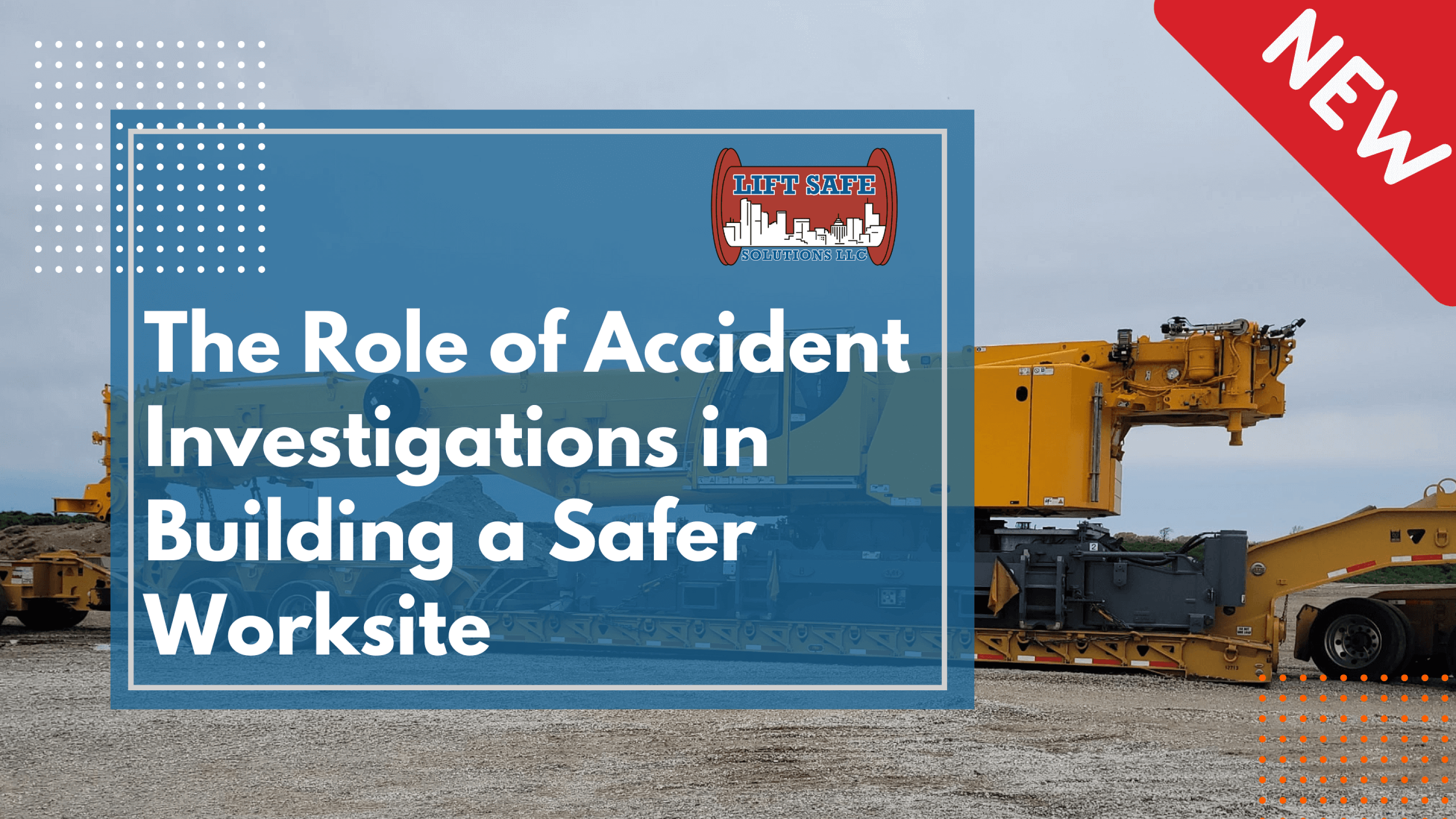Accidents happen—but they should never happen without action. On any jobsite, from construction zones to industrial facilities, an incident is more than an unfortunate event—it’s an opportunity to learn, improve, and prevent the next one.
That’s where accident investigations come in.
A well-executed investigation doesn’t just uncover what went wrong; it builds the foundation for a safer, stronger, and more compliant work environment. Here’s why accident investigations are essential for long-term safety—and how your company can use them to protect your people and projects.
Why Investigations Matter After an Accident
When an incident occurs, it’s easy to focus on immediate recovery—medical attention, damage control, reporting. But without a thorough investigation, the underlying causes may go unaddressed, opening the door for future (and potentially more serious) accidents.
Accident investigations allow companies to:
- Identify root causes (not just surface issues)
- Improve training, equipment, or procedures
- Comply with OSHA or local safety regulations
- Rebuild employee trust through transparency and action
Beyond Blame: A Proactive Safety Tool
The purpose of an investigation is not to assign blame—it’s to gather insight. When approached the right way, it becomes a tool for growth.
By understanding how the accident happened, your team can:
- Spot unsafe patterns or habits
- Correct communication or procedural gaps
- Design targeted safety interventions
- Reduce liability and future risk exposure
Every incident contains valuable data—the key is knowing how to extract and use it.
Key Components of an Effective Accident Investigation
A successful accident investigation includes:
-
Immediate Response & Site Control
Secure the scene to prevent further harm and begin documenting the environment as-is.
-
Witness Interviews
Collect firsthand accounts while details are fresh. Multiple perspectives help paint a full picture.
-
Evidence Collection
Photos, equipment logs, training records, and PPE inspections provide critical clues.
-
Root Cause Analysis
Go beyond what happened—ask why it happened, and what allowed it to occur.
-
Corrective Action Plan
Outline steps to eliminate the root cause and prevent recurrence.
-
Communication & Follow-Through
Share findings with your team and implement changes. Accountability is key.
How Investigations Strengthen Safety Culture
Companies that treat accident investigations as a learning opportunity—not a disciplinary action—foster a culture of openness and trust.
When employees see that:
- Concerns are heard
- Incidents are taken seriously
- Changes actually happen
They’re more likely to report hazards early and engage with safety initiatives proactively. That’s how a safety-first culture is built—one investigation at a time.
Accidents may be unavoidable—but repeating them is not. When you prioritize thorough investigations and commit to implementing real change, you create a proactive safety system that protects both your people and your business.
At Lift Safe Solutions, we specialize in professional accident investigations, root cause analysis, and corrective action planning. Our team works with you to transform every incident into a path forward—safer, smarter, and more compliant than before.
Choose Lift Safe Solutions and turn every setback into a step toward a safer worksite.
